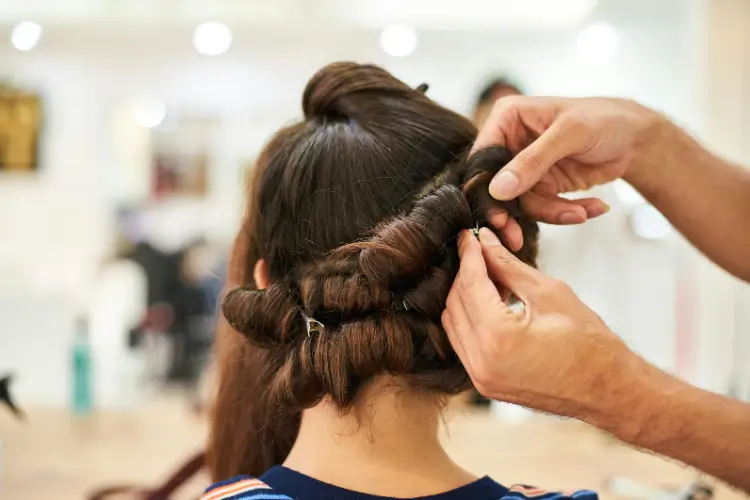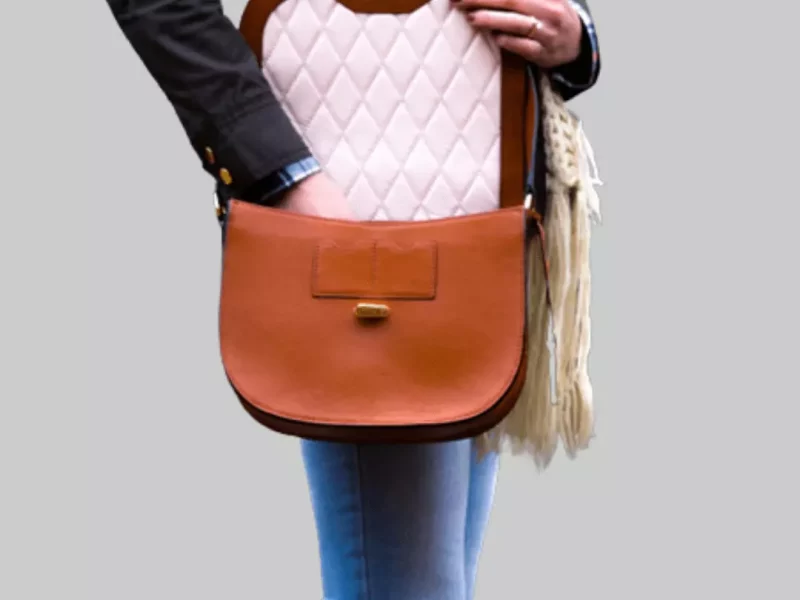Choosing what to wear to any event is still stressful and confusing, even if you know the dress code and theme. With so many different variations of dress codes out there, it can be difficult to differentiate what articles of clothing each one includes or excludes. Luckily, this is your go-to guide to help dress up for an upcoming event easily and hassle-free.

Casual
A casual event can be a backyard BBQ, a small family gathering, a quaint birthday celebration, and so on. When going to a casual event, you typically won’t get an invitation in the mail asking you to wear casual attire. It will sort of be apparent that you need to dress casually given the details of the event. That means you certainly don’t want to show up to a picnic in a full suit or cocktail dress (unless it’s specified to be a sit-down luncheon). The ‘casual’ and ‘come as you are’ dress codes are quite similar and mean you don’t need to particularly dress up for the event, but you should still be clean and dress appropriately (please don’t just put on loungewear). This is the perfect occasion to rock a simple jeans and T-shirt moment.
Business Casual
The dress code for corporate gatherings or similar events can often be defined as business casual. This means you should aim to look neat and professional, but you don’t need to wear anything too restrictive or stiff. If it sounds confusing or self-contradictory, don’t panic. What pops into your mind when you think of business attire? Typically, a pencil skirt and a nice button-up blouse for women, and a suit for men. That is mostly considered business formal, while business casual is the same but with more room for flexibility. It is not mandatory to wear high-heeled shoes, but rather flats or loafers are completely fine. Men can opt for a pair of trousers, loafers, a button-down shirt, and so on. Think of business casual as being business attire but in a relatively comfortable format instead of a sit-down, office meeting format.
Semi-formal
Semi-formal attire is often synonymous with cocktail attire. Consider dressing up a bit more than you would with a casual dress code, but don’t go full-on red carpet mode either. Short, colorful, and bright cocktail dresses typically fall under this category, and a “little black dress” is ideal as well. If it’s semi-formal but less of a party-based event like an upscale house party or restaurant opening, you may want to lean more towards the classy semi-formal look instead of the bold and fun side. Just make sure to take the location and audience into consideration. And, certainly, don’t forget to incorporate luxurious jewellery into your look as well to enrich it so it’s time to also go shopping at your favorite jewellery store for a stunning piece that complements your look.
Pool Party
The dress code for a pool party is essentially a sub-category of casual attire. As the name suggests, some format of water activities can be anticipated, so come prepared. Bringing a swimsuit, cover-up, sandals, and or flip-flops is generally appreciated. What about if you will be attending but not swimming? Or what about after-pool attire? If it’s warm enough to go swimming and spend time outside, it’s most likely spring or summer, so any seasonal attire will do. That includes anything like shorts, tank tops, T-shirts, flowy dresses, and so on. Just keep it light and comfy.
Black Tie
Dressing up is not optional when you are invited to a black-tie event. Weddings, charity events, and galas are examples of black-tie events you may be invited to. Floor-length dresses and gowns that aren’t casual in style, paired with a heeled shoe, are optimal for women. Keep in mind that something like a sundress is a long dress, but it is very casual and not appropriate for these events. Lean towards more intricate attire with luxurious fabrics. For men, a black tuxedo, trousers, dress shoes with socks, and/or a vest are appropriate.
Formal or Black Tie Optional
Formal attire refers to events where you need to dress up, but short dresses and two-pieces are allowed. In the case of a black-tie, or even white-tie event, you should exclusively be wearing a floor-length gown. That means you need to forget about sneakers, jeans, sandals, and similar attire. Formal is often synonymous with black-tie optional, the only difference is that with the latter you get more flexibility. While the two are quite similar, keep in mind that when the code is considered black tie optional, you may see people who are very glammed up around you, and you may run the risk of feeling underdressed. For men, it’s still best to wear a tuxedo or trousers with a neat button-up and patent shoes.
Refer to this as your go-to dress guide before any event!



